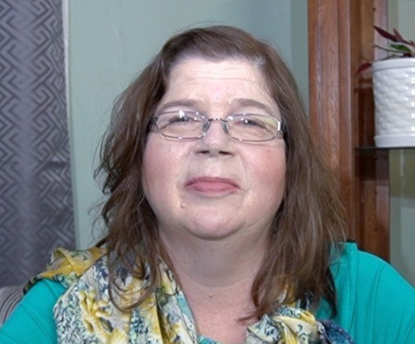
Tunisian Simple Stitch Full Row Color Work
Mary Beth TempleTunisian crochet is a versatile technique that is perfect for projects like blankets, hats, or scarves. With so many things you can create using this stitch, it has become a favorite method for expert Mary Beth Temple. In this video, she demonstrates full row color work using a Tunisian Simple Stitch (TSS). The Tunisian Simple Stitch might be seen by some as basic or unimpressive. However, by adding colors into the rows of a Tunisian Simple Stitch, you can create stripes or even a tweed effect in your work, which can add much more interest to your piece.
To begin, Mary Beth shows a two-color swatch created using the Tunisian Simple Stitch. To create a striped pattern, the forward pass and return pass of the TSS are worked in the same color. To create a wider stripe, multiple rows can be added in one color before switching to the next. The colors will alternate at the start of the forward pass, on the right edge of the piece.
Mary Beth then explains how to change colors between the forward pass and the return pass of the TSS row. She works a forward pass in one color (blue), then adds a second color (green) to the left edge of the piece to work the return pass. The colors are only changed on the left side of the work before the return pass. This creates more of a tweed look on the fabric rather than a stripe. (Tip: Try experimenting with one solid yarn and one multi-colored yarn using this TSS method!)
Taking the color work up a notch, Mary Beth then adds a third color into the mix. Each color is used for one pass before being dropped and the next color picked up to be worked.
She works the three-color Tunisian Simple Stitch as follows:
• Forward Pass in color A (blue)
• Return Pass in color B (green)
• Forward Pass in color C (gray)
• Return Pass in color A (blue)
• Forward Pass in color B (green)
• Return Pass in color C (gray)
While it might seem confusing to have three yarns going at once, Mary Beth notes that once you drop one color, there’s only one other color on that edge to pick up. Once the color pattern is established, all the guesswork is taken out of the piece, as there will only be one color to pick up when you finish working a pass.